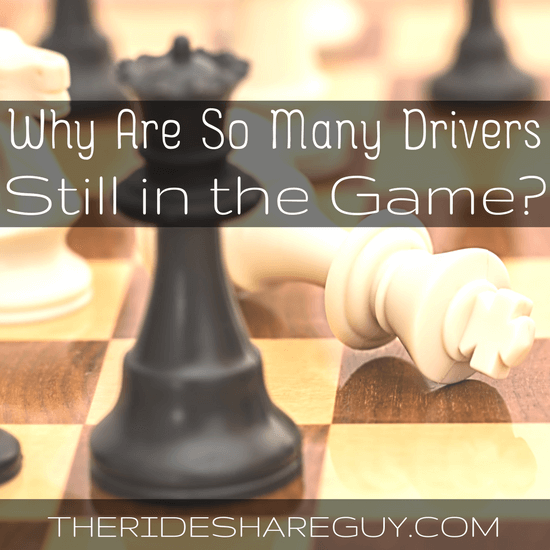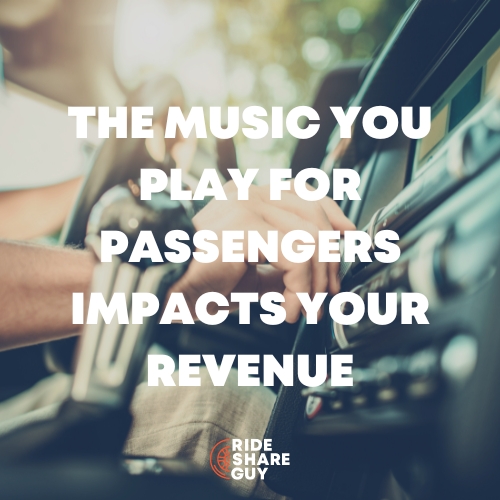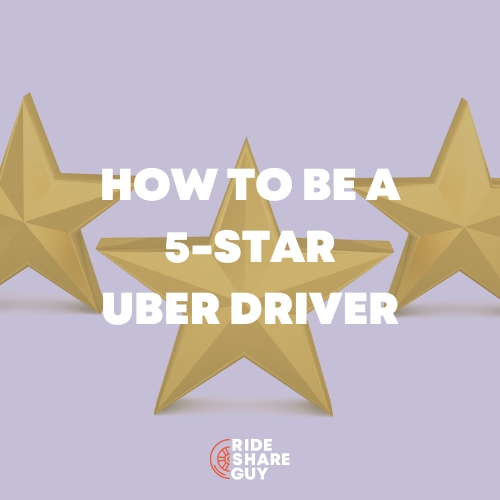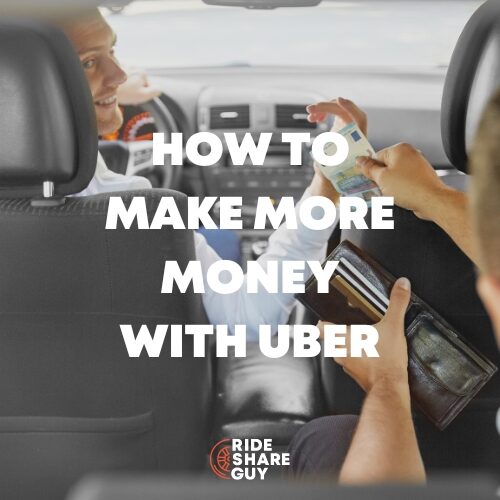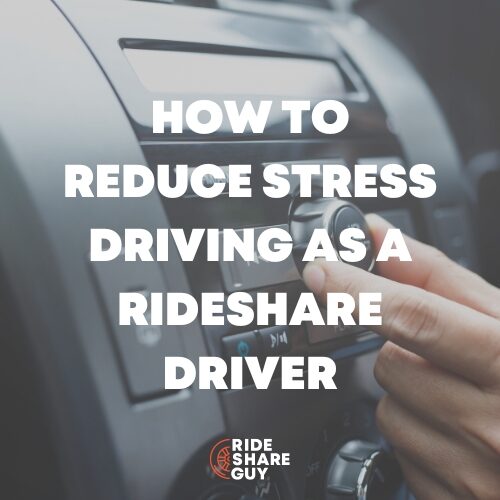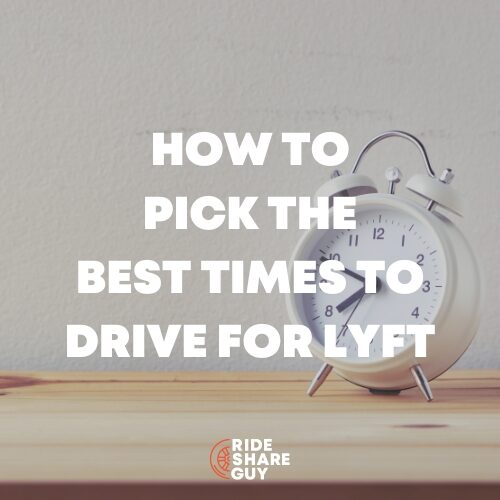Last month, senior RSG contributor John Ince wrote a controversial post on the Seven Stages of Rideshare Separation, where he outlined the steps some drivers take from getting started to becoming disillusioned and quitting rideshare driving. That post generated a ton of comments and emails, and many people asked us why even bother driving if it’s so terrible? So today, John Ince is back, describing why many drivers remain in the game and continue driving – and why many drivers stay.
Recently I was having a power breakfast with an old friend, a relationship that dates back 30 years, and he was fascinated to learn that I’ve been driving for Uber. My friend then confided that his firm is one of the early investors in Uber.
Thirty years ago, I was on an upward career trajectory with degrees from both Harvard College and Harvard Business School, and I had hired him on his first job and served as his supervisor. Today I’m an Uber driver (writing these blog posts and a book about the experience) and he’s a finance rock star. Go figure. Once the awkwardness of our role reversals faded, he started asking me a lot of questions.
I described the experience honestly, explaining the plusses and minuses of the job, with special emphasis on the multiple ways Uber misrepresents the nature of the gig. After hearing all the bad stuff about Uber, he then asked the billion dollar question, “Why then are so many drivers still doing it?”
I took a deep breath. “The answer is not simple. Different drivers have different reasons,” I explained. “It has as much to do with broader societal trends as it does to do with Uber and Lyft.” Since that breakfast, I’ve had ample time to reflect on my response, and here’s what I’ve come up with for why drivers continue to drive for Uber and Lyft.
Why Are So Many Still Driving for Uber/Lyft?
1) Because they have to. They need cash, now.
Whenever someone signs up to drive, they’re making a choice between options. If the other options are less attractive, then they’ll choose Uber or Lyft. The traditional workplace has become a modern day wasteland for many – a Dilbert-esque dehumanizing experience.
Uber/Lyft and the entire gig economy have been the direct beneficiaries, not only taking advantage of the societal trends, but augmenting them with new classification of workers. By classifying drivers as independent contractors, not only are Uber and Lyft skirting decades of labor laws, but they’re also putting a label on their gig that gives a new gloss to the experience, a kind of sheen that has a seductive appeal to someone who is disaffected by the whole notion of traditional office-bound, cubicle-enclosed employment.
Our society today has economically disenfranchised an entire swath of society – people who have somehow fallen through the cracks of the economy. They’re people who have tried other employment opportunities and found them lacking.
People who drive for Uber give it a try because, at first, it’s perceived to be less exploitive than the other options on the table. Yes, some drivers are misfits, but most are not. The rating system quickly weeds out those who cannot function in a social and productive capacity. Drivers just don’t want to be office bound, tethered to a desk in traditional employment terms. They’re not people who want handouts, but they do want to be paid fairly for their labors – and if that includes tips, so much the better.
After all is said and done, all companies are looking to employ people who will create more value than they take home in pay. That’s what capitalism is all about. But drivers also get something out of the deal – (mostly) reliable cash. The bonuses help too, because that’s what puts cash in drivers’ bank accounts. Without the bonuses, most drivers would have packed it in long ago. If Uber or Lyft discontinue the bonuses, drivers will bolt on masse.
2) It offers independence and flexibility
Uber/Lyft recruiters are not stupid people. They’ve got the accumulated knowledge of years of testing, supplemented by the advice of professional psychologists who know precisely what turn of phrase is most likely to resonate with prospective drivers.
Phrases like “be your own boss and “flexible work hours” have been road tested. These recruiting pitches have a resonant power to someone who has been cooped inside a cubicle for years – now getting the chance to lift their heads from the computer screen. When they’re given the opportunity to make a living by sitting behind the wheel, relatively speaking, that’s pretty darn attractive.
How does it offer independence and flexibility? There are as many different answers to that question as there are drivers. For me, whenever I find a new spot in the city, perhaps a hill with a view, I’ll come back to it after I’ve dropped off the passenger and sit for awhile. I’ll play games with passengers, asking them to write a note in my Treasure Chest. I’ll test out my ideas for my books. I’ll ask them which possible cover or which title they like best.
3) It’s socially challenging
Driving for Uber/Lyft keeps your social skills finely tuned. If you’re someone who likes challenges, then this can be the gig for you. It’s the challenge of properly navigating, the challenge of keep passengers engaged, the challenge of managing the app – occasionally with technical glitches. It’s the challenge of watching out for pedestrians, bicyclists, and other drivers who are almost always in a rush, the challenge of conversing with complete strangers to make them feel comfortable in your car.
All these challenges going on at once combine to create a kind of adrenaline rush. When you finally log off at the end of a day or night, the sense of relief is so overwhelming that you really do feel good about yourself.
4) Takes you places you’ve never been
I’m biased on this one because I drive in one of the most picturesque locales in the world – the San Francisco Bay Area. Although I’ve lived here over 35 years, I’m constantly discovering new and even more beautiful spots.
A few weeks ago, I gave an Uber to a guy and his family vacationing from Florida, and we were heading into San Francisco on 101 from Marin. When we came through the Robin Williams Tunnel, we could see the fog sitting on the Golden Gate Bridge. I asked if he’d like to see the fog from above. He said yes and we took a 15 minute detour up into the Marin Headlands, where we could enjoy the view of San Francisco across the bay with the fog completely shrouding the bridge.
It was a special moment for all of us. I parked the car and we got out to watch the fog, made all the more special by his appreciation and a $20 tip. Those are the kind of experiences that keep drivers like me on the road.
5) It can be a means to another end
In my case, driving for Uber/Lyft is a form of research for my book and this blog. Others have other reasons. One reader writes that he uses it to get business for the livery side of his existing business. Maybe some of you have other reasons you drive – unrelated to the income or the flexibility. Please share them with us in the comments section.
6) You’re invested in it – emotionally
Whenever I take a few weeks off from driving, I go through withdrawal symptoms. I miss the interaction with passengers. I miss the feeling of being master of my own fate. I miss the banter.
Why? Once you’ve got your time and emotion invested in learning a craft, you’re more likely to continue with it. Yes, all rides have a few bumps along the way, and ridesharing is no different. When you’ve learned to navigate the bumps, you’ve truly learned your craft, and you’re invested in it emotionally.
It’s a form of inertia. Changing direction becomes difficult once you’ve generated some forward momentum. That’s the way life is.
Bottom Line: In the final analysis, some people find themselves in this gig because they need quick money. Others continue driving because they enjoy it or at least can’t stand to be away from it for long. If you find yourself and get a rush from driving, you’ll stick it out. If you’re feeling lost and can’t connect with driving, you will quickly find something else to do with your time. That’s the sum and substance of being a rideshare driver.
So now it’s your turn …. what keeps you out on the road?
-John @ RSG
